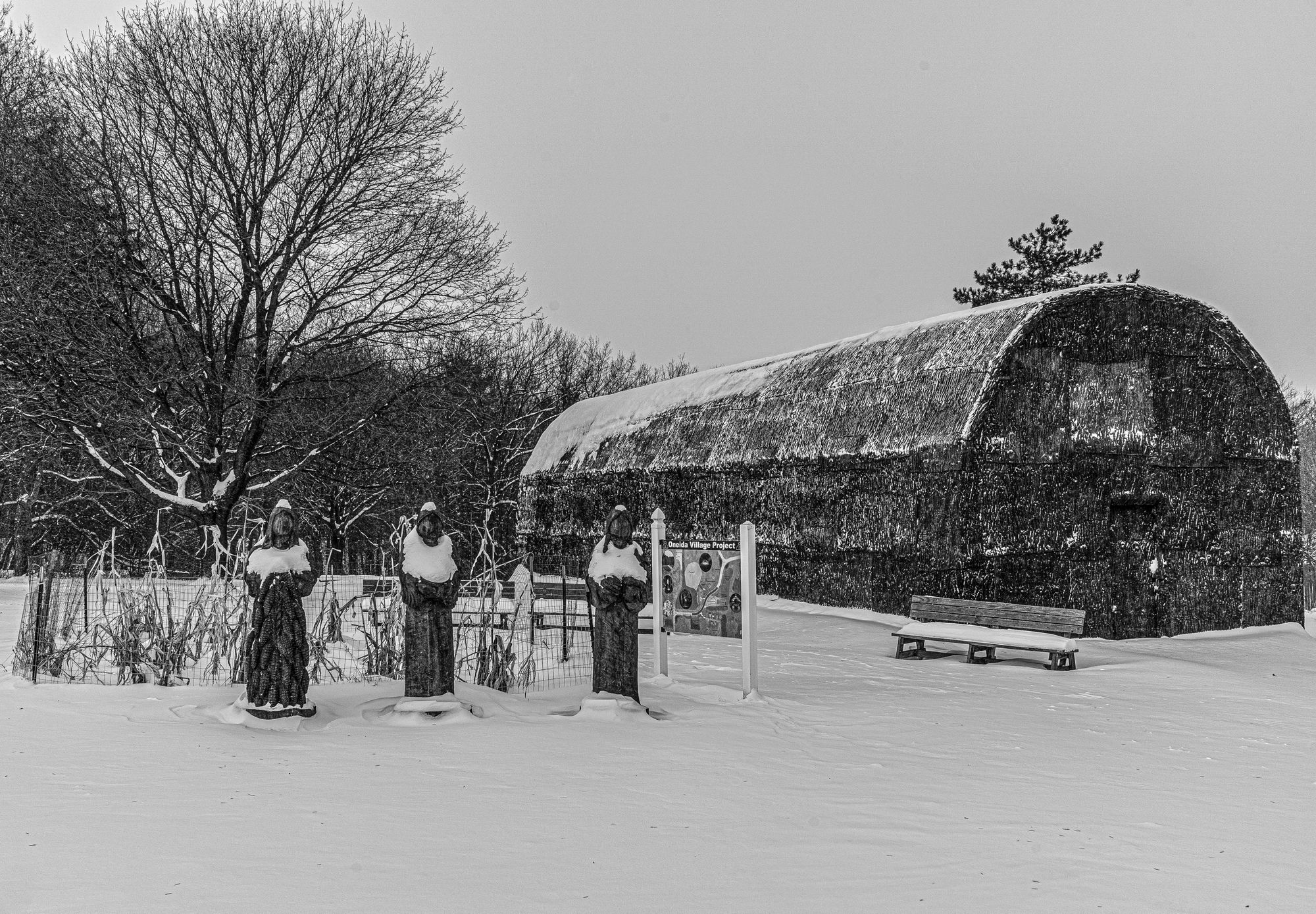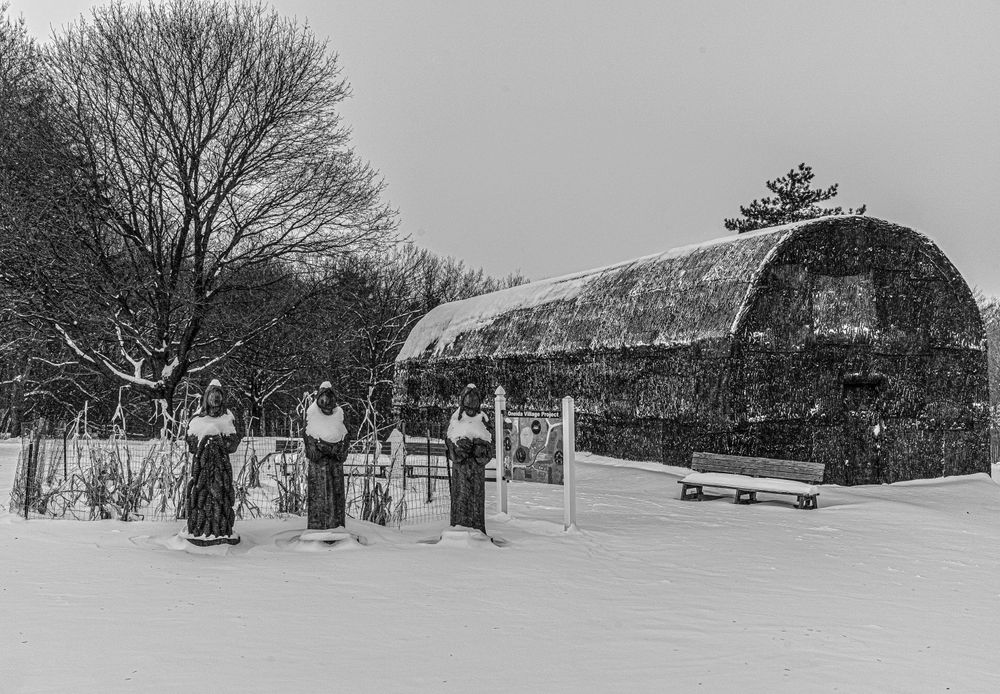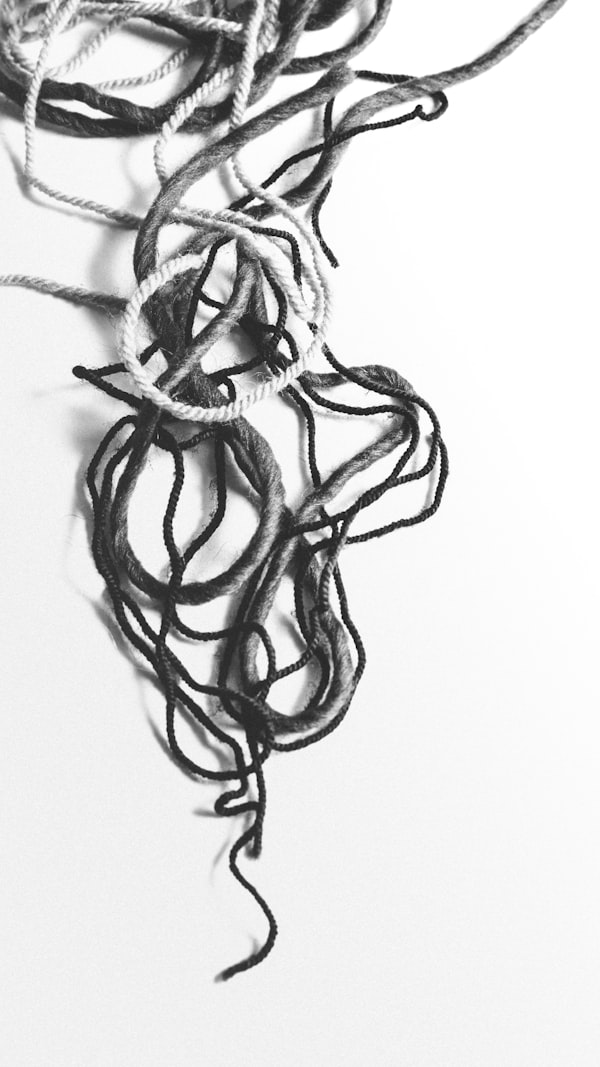Ecological Resilience Through Seasonal Living
by Xav Horkman
I’ve spent my entire life living in Wisconsin. 31 annual cycles of the seasons. While seasons are part of life anywhere on this planet, Wisconsin is one of those places that showcases some serious distinction throughout its annual cycle. Brutal winters that carry silence that’s felt down to the bones, bright springs that emit pleasant floral aromas around every turn, hot summers that produce a frequent satisfying sweat, and picturesque autumns that create colors we didn’t even know existed.
Life in Wisconsin, as with any other place with such exhibited distinction between seasons, reflects an understanding of the importance of flowing within the traits of each part of the year. Outdoors-people transition from warm weather hobbies to cold weather ventures. Door County turns on and off like a faucet going from warm seasons to cold seasons. Even the Packers tailgate scene shifts as the months pass. Humanity already shows an ability to adapt and align with the shifting traits of our living spaces.
Yet, something is lacking. The human collective understands the foundational element of living seasonally, but we don’t allow the concept to seep deep enough into our being. Sure, we put coats on in December and January, we snowmobile and ice skate, we Polar Plunge. But are we doing enough to nourish our innards with the proper spiritual rest when Outside is nudging us that way? Yes, we shed our clothing layers in June and July, we hike and fish, we picnic. But are we really doing enough to express our innards through shining flourishment when Outside is nudging us that way?
As an enrolled member of the Oneida Nation, and one who was born and raised on the Oneida Nation reservation, I’m familiar with what it looks like to navigate and honor the rotating seasons properly. While I wasn’t raised traditionally (attending ceremonies and living in the ways of the Oneida people), I’ve been around the extra layer of seasonal living my entire life through proximity, and I’ve only grown more and more familiar with Oneida’s ways as I’ve gotten older.
The traditional ceremonies of the Oneida people follow the cycle of the seasons. Midwinter ceremony takes place after the new year moon, and is a time for responsibility renewal. In late winter to early spring, the maple tree is honored with a tobacco burning, with the words of the tobacco burning asking for safety to all those working on the sap harvest in the woods. In late summer, the green bean ceremony takes place to honor the beans, which is an ancestral staple for Oneida people.
These ceremonies reflect a larger spiritual alignment with the seasons. A lifestyle that goes inward when the stillness arrives, and goes outward as the buzz of warmth arrives. A lifestyle of ecological awareness. A lifestyle of healthy submission to nature. Growing up in this space has proven to be a lucky hand to be dealt my way. To have such an important way of life presented as nearly second nature is not commonplace. At least, not yet.
There are many, many reasons why mental health issues are as prevalent as ever. Factors such as general increased awareness, lack of proper care, pervasive social media use, and the COVID-19 pandemic all have genuine contribution. Yet, one can’t help but wonder, when presented with seasonal living as a lifestyle concept, if working against the grain of nature at such a spiritual level is having negative effects on our individual and collective well-being.
According to the American Psychological Association, spending time in nature is linked to both cognitive benefits and improvements in mood, mental health and emotional well-being. Feeling connected to nature can produce similar benefits to well-being, regardless of how much time one spends outdoors. Both green spaces and blue spaces (aquatic environments) produce well-being benefits. More remote and biodiverse spaces may be particularly helpful, though even urban parks and trees can lead to positive outcomes.
The inner rigidity that has come with modern living does not have to be the only way of being. If we leaned further into the seasons of life and the Earth’s annual cycle, many of the social and environmental issues we face could be curbed. Winters could be treated with restoration, hibernation, and planning for the year. Spring could be treated with seed planting, revival, and stretching our legs. Summer could be treated with full flourishment, adventure, and yelling at the moon. Fall could be treated with a slowing pace, a transition inward, and an emphasis on gratitutde.
The concept of moving through life with the seasons could give our collective, neglectful way of life a much needed dose of appreciation for nature. More purposeful and deliberate action within what nature is presently providing us is healthy for a sustainable way of life, a collective lifestyle we desperately need. Seasonal living is a pathway to increased ecological resilience, an outcome that all beings can be a beneficiary of.





